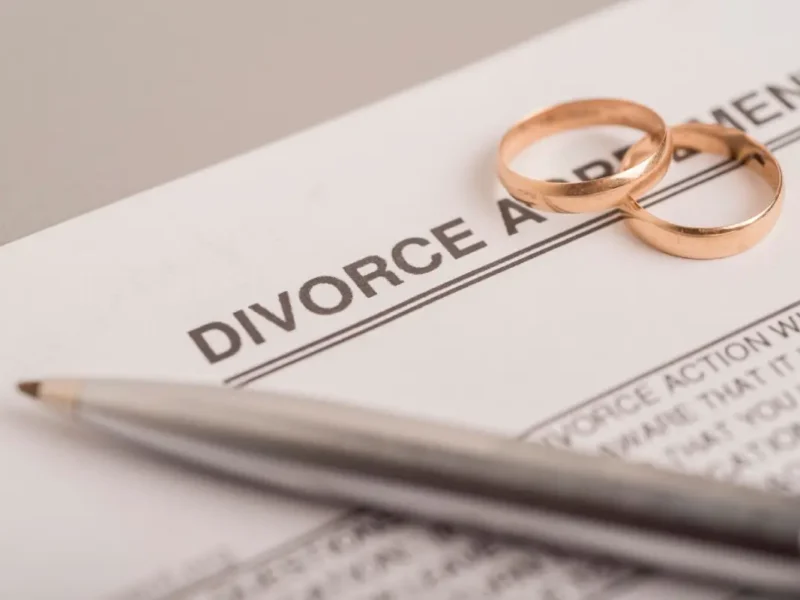California’s comparative negligence laws are an integral aspect of the state’s civil justice system. Understanding these laws is essential for anyone involved in a personal injury lawsuit in California since they directly impact the amount of compensation one can receive after an accident.
Contents
What is Comparative Negligence?
Comparative negligence, also known as comparative fault, is a legal doctrine used to apportion responsibility for an accident when multiple parties may be at fault. Under this system, a plaintiff’s compensation for damages is reduced by a percentage equal to their share of the fault in causing the injury.
Pure Comparative Negligence in California
California follows a “pure comparative negligence” rule, which is one of the more plaintiff-friendly systems. Under this rule, a damaged party can recover even if they are 99 percent at fault, although their recovery would be reduced by their percentage of fault. This is distinct from “modified comparative negligence” states, which bar recovery if the plaintiff is found to be more at fault than the defendant or if they cross a certain threshold of fault (e.g., 50% or 51%).
How Comparative Negligence Works
To illustrate how comparative negligence works, consider a car accident where the damage is assessed at $100,000. If the plaintiff is found to be 30% at fault and the defendant 70%, the plaintiff’s compensation will be reduced accordingly. In this case, the plaintiff would receive $70,000, which is the total damage minus the 30% for which they were responsible.
According to the Oakland personal injury attorneys at Milanfar Law Firm, the determination of fault is typically made by a jury in a California civil trial. The jury will assess the evidence presented by all parties involved and assign a percentage of fault to each party. California courts are obliged to adhere to the pure comparative negligence rule when making judgments about the awarding of damages.
Settlement Negotiations
Comparative negligence also plays a significant role in settlement negotiations outside of court. Insurance companies and lawyers will estimate the degree of fault among parties to arrive at a fair settlement. Understanding how comparative negligence works is crucial for negotiating with insurance adjusters who may attempt to reduce settlements based on the plaintiff’s share of fault.
Common Misconceptions about Comparative Negligence
It’s important to dispel some common misconceptions about California’s comparative negligence rules:
- Fault Must be Proven: It is a plaintiff’s responsibility to prove the defendant’s fault. Simply being injured does not guarantee that the other party is responsible.
- Multiple Defendants: When multiple defendants are involved, each is only responsible for their share of the fault. This means that the plaintiff can only recover the proportion of the damages relative to each defendant’s level of fault.
- Impact on Insurance: California’s comparative negligence law may affect the amount one can recover through an insurance claim. Insurers will consider an individual’s fault before determining the settlement offer.
Importance for Plaintiffs and Defendants
For plaintiffs, understanding comparative negligence is vital to assess the viability of their claims and to set appropriate expectations for recovery. Plaintiffs should be aware that any negligence on their part will proportionately reduce their potential recovery.
For defendants, knowledge of these laws can assist in their defense strategy, potentially limiting their liability and financial responsibility by establishing the plaintiff’s share of the fault.
Personal injury cases are often fact-specific, and an attorney can provide the necessary legal expertise to maximize potential recovery while mitigating losses. Whether negotiating a settlement or representing a client in court, the right legal counsel is instrumental in dealing with the intricacies of comparative negligence laws. With a clear understanding of comparative negligence in California, parties can better handle personal injury disputes and protect their rights throughout the legal process.



